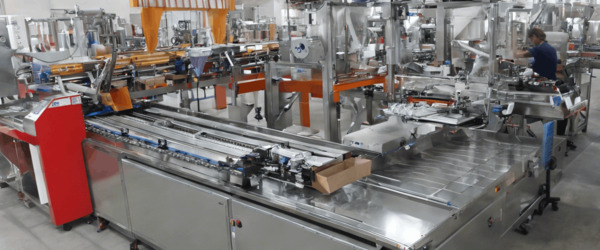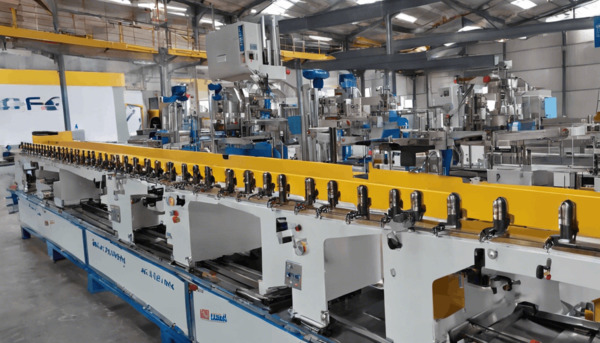
Understanding the Types of Paper Used for Candy Bar Wrappers
When it comes to printing candy bar wrappers, the choice of paper is crucial not only for aesthetic appeal but also for functionality. Candy bar wrappers serve multiple purposes: they protect the candy from environmental factors, provide a surface for branding and nutritional information, and enhance the product’s shelf appeal. Therefore, the type of paper used must meet several criteria, including printability, durability, and food safety standards.
Types of Paper Used in Candy Bar Wrappers
There are several types of paper commonly used in the production of candy bar wrappers, each with its unique properties and applications. These include:
1. Wax Paper
Wax paper is a popular choice for candy bar wrappers due to its moisture-resistant properties. It is coated with a thin layer of wax, which makes it non-stick and helps to keep the candy fresh by preventing moisture from entering. Wax paper is also relatively inexpensive and easy to print on, making it a cost-effective option for many candy manufacturers.
2. Foil Paper
Foil paper, often used in combination with paper or plastic, provides an excellent barrier against light, oxygen, and moisture. This type of wrapper is ideal for candies that are sensitive to environmental conditions. The metallic sheen of foil paper also adds a premium look to the packaging, which can enhance the product’s appeal on the shelf.
3. Polypropylene Film
Polypropylene film is a type of plastic film that is commonly used for candy bar wrappers. It is known for its strength, clarity, and resistance to moisture and chemicals. Polypropylene film can be printed with high-quality graphics, making it an excellent choice for brands looking to make a strong visual impact. Additionally, it is recyclable, which is an important consideration for environmentally conscious companies.
4. Laminated Paper
Laminated paper combines multiple layers of materials, such as paper and plastic, to create a wrapper that is both durable and attractive. The lamination process enhances the paper’s strength and provides a glossy finish that can improve the overall appearance of the packaging. Laminated paper is often used for high-end candy products that require a sophisticated look.
5. Recycled Paper
As sustainability becomes a more significant concern for consumers and manufacturers alike, recycled paper is gaining popularity as a material for candy bar wrappers. Recycled paper can be combined with other materials to improve its barrier properties while maintaining an eco-friendly profile. This type of paper is suitable for brands that prioritize environmental responsibility.
Considerations for Choosing the Right Paper
When selecting the appropriate paper for candy bar wrappers, manufacturers must consider several factors:
- Printability: The paper must be compatible with the printing techniques used to apply branding and product information.
- Barrier Properties: The wrapper should protect the candy from moisture, light, and air to maintain freshness and quality.
- Cost: The choice of paper should align with the budgetary constraints of the production process.
- Environmental Impact: Consideration should be given to the recyclability and sustainability of the materials used.
- Regulatory Compliance: The paper must meet food safety standards and regulations to ensure consumer safety.
Conclusion
In conclusion, the choice of paper for candy bar wrappers is a critical decision that impacts the product’s protection, presentation, and environmental footprint. By understanding the different types of paper available and their respective properties, manufacturers can make informed choices that align with their brand’s values and consumer expectations. Whether opting for traditional materials like wax and foil or exploring sustainable options like recycled paper, the key is to balance functionality, aesthetics, and sustainability in the packaging design.





